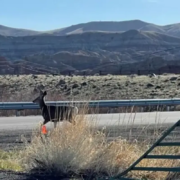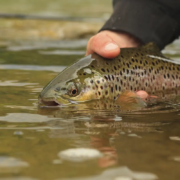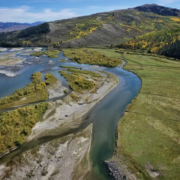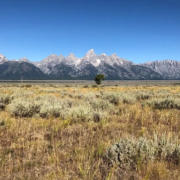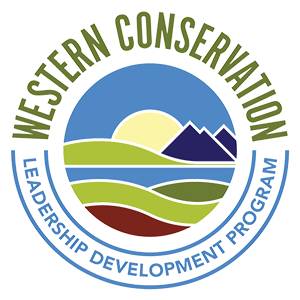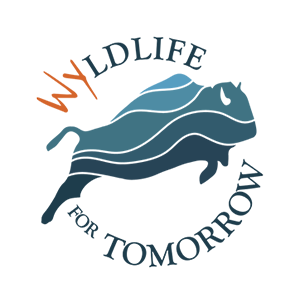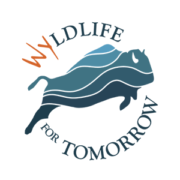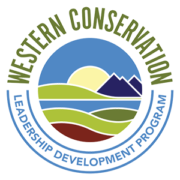The WYld Showdown Has Launched
The WYldlife Fund, Wyoming Craft Brewers Guild, and University of Wyoming’s Haub School of Environment and Natural Resources Team Up For WYld Showdown
Beer Coaster Game Aims to Raise Money for Wildlife Conservation
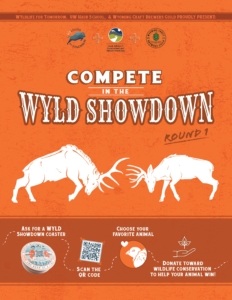
With the launch of the WYLD Showdown, consumers in breweries across Wyoming can participate in a bracket-style competition via a QR code found on beer coasters to raise awareness and funds that support wildlife conservation. Consumers will vote on their favorite wild animal by making small donations to participate. The WYLD Showdown is a partnership among The WYldlife Fund’s signature initiative WYldlife for Tomorrow, the Wyoming Craft Brewers Guild, and the Haub School of Environment and Natural Resources at the University of Wyoming. Through this initiative, The WYldlife Fund aims to create new ways to help all people take an active part in conservation funding.
“As a home for all people, The WYldlife Fund is proud to partner with The Craft Brewers Guild and the Haub School to showcase the commitment that Wyoming breweries have to the state’s wildlife resources” says Nate Brown, Operations Manager of The WYldlife Fund. “Great beer, made by great people, in great places across our state!”
Through the support of the Wyoming Craft Brewers Guild, these coasters will be available at breweries across Wyoming, giving those who enjoy the great beer that Wyoming breweries produce the opportunity to support wildlife conservation while enjoying their favorite beverages and supporting local businesses.
“Engaging in this program is a great chance for Wyoming breweries to showcase their commitment to their communities and wildlife conservation,” said Michelle Forster, Executive Director of the Wyoming Craft Brewers Guild. “We’re excited to see Wyomingites show their love for craft beer and wildlife all at once.”
By choosing their champion through these donations, consumers across the state can make a collective impact on wildlife conservation by helping fund on-the-ground projects. The idea for the WYLD Showdown came from Haub School graduate student Tyler Shreve’s thesis project that examines strategies to promote charitable giving in support of Wyoming conservation projects. College of Business economists, Todd Cherry and Alex James, were also instrumental in the project design.
Inna Willis, a former graphic design student at the University of Wyoming, designed the coasters for the WYld Showdown. As stated by Inna Willis, who is now working alongside Haub School graphic design and economics faculty Kayla Clark and Jacob Hochard in support of the initiative, “Anyone can support wildlife conservation, one beer at a time!”.
The WYLD Showdown coasters are now out at breweries across the state. The competition will last for several months. The WYldlife Fund’s signature initiative, WYldlife For Tomorrow is moving the needle for Wyoming’s wildlife conservation. Wyoming’s wildlife has suffered greatly due to several factors including habitat encroachment, invasive species, wildlife vehicle collisions, and most recently, the worst winter in modern history.
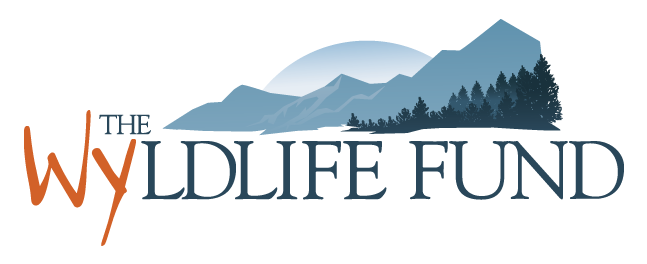
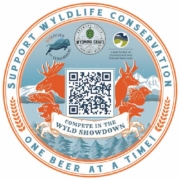
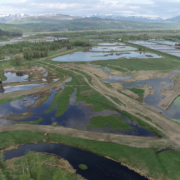
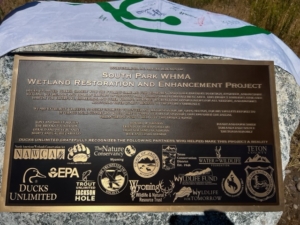
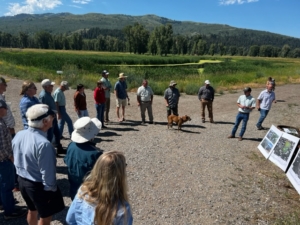
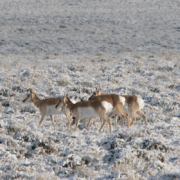
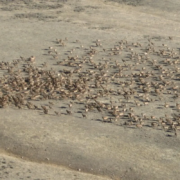
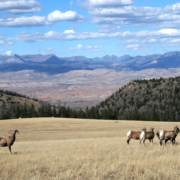 Image: Amy Anderson
Image: Amy Anderson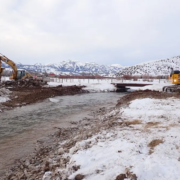 Image: WGFD
Image: WGFD